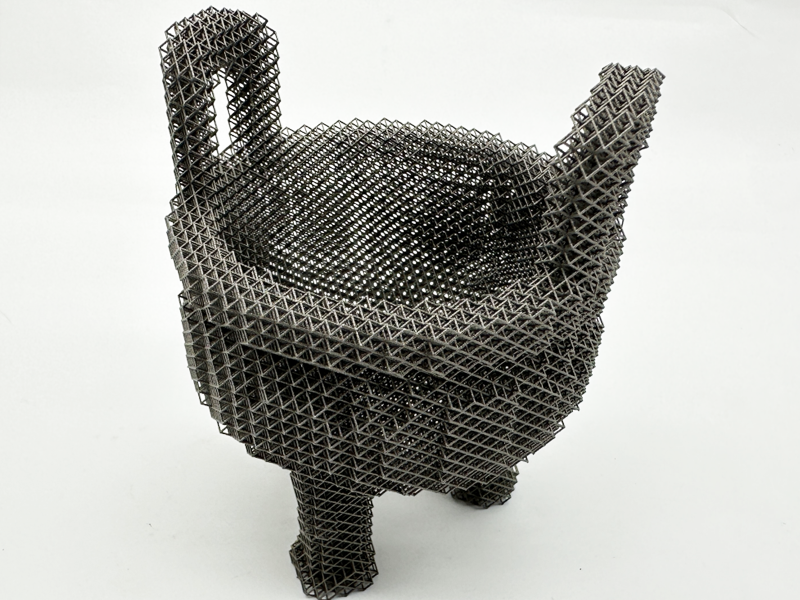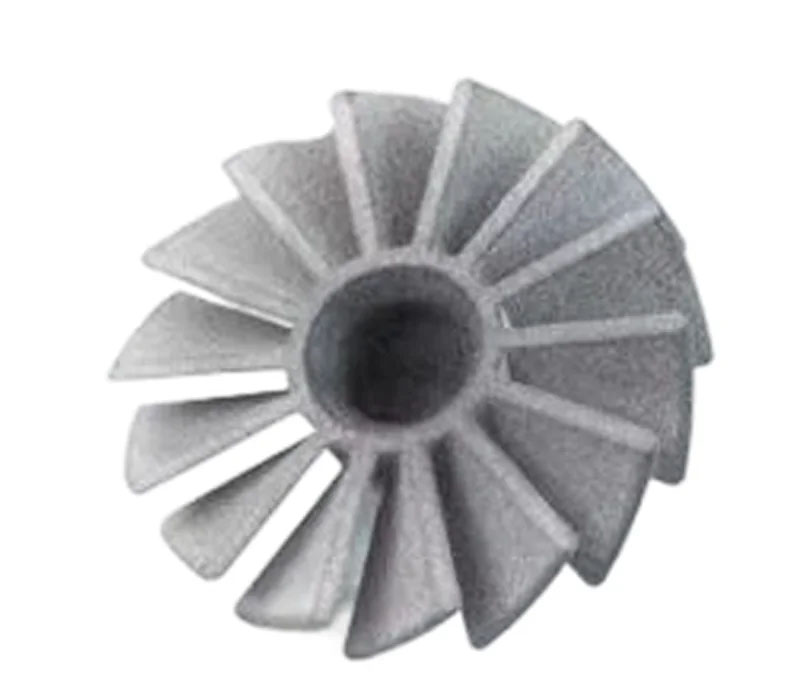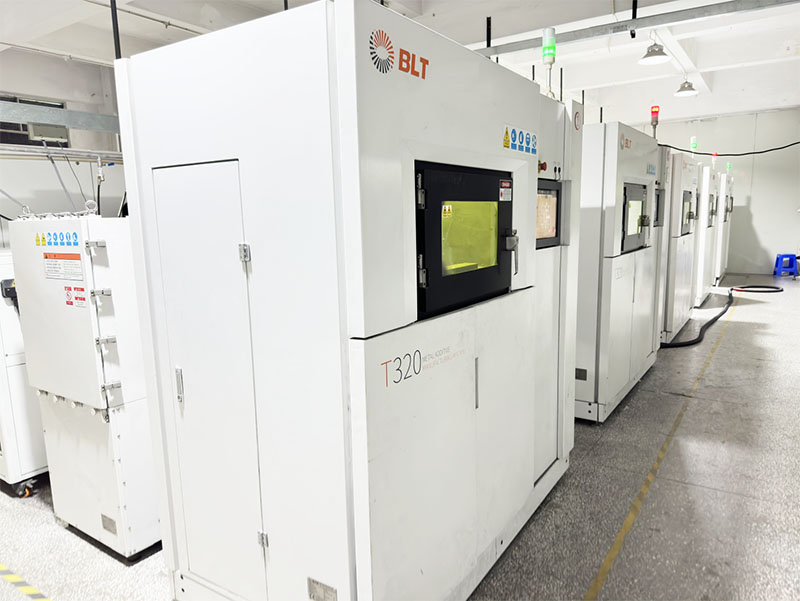ARapidPrototype
SLM 3D-Druckdienste
- Rapid Response Service: Die 7-tägige, 24-Stunden-Verfügbarkeit gewährleistet einen schnellen Projektstart, wobei dringende Aufträge sofort begonnen werden können.
- Schnelle Bearbeitung: Teile in nur 3 Tagen fertig, ideal für dringende Bedarfe.
- Kosteneffizienz: Die Kosten sind 10%–30% niedriger als bei der Konkurrenz, was insbesondere bei komplexen Projekten von Vorteil ist.
- Umfassende Oberflächenbehandlungen: Das Angebot umfasst eine Vielzahl von Behandlungen, die von über 30 Facharbeitern durchgeführt werden.










